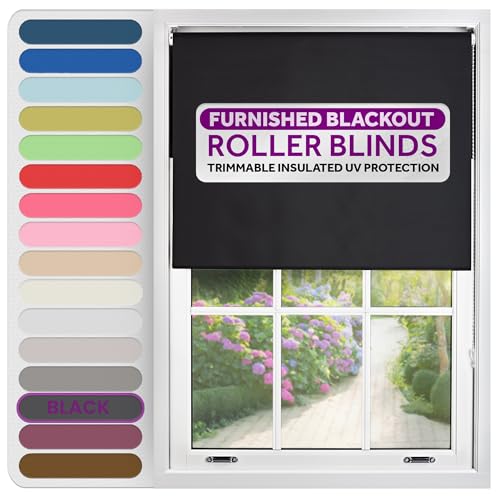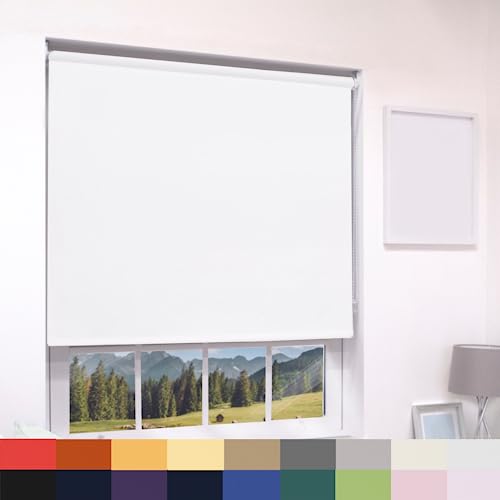Roller blinds are not inherently child safe
Roller blinds are a popular window covering option due to their sleek design and versatility. However, when it comes to child safety, roller blinds can pose a potential hazard if not properly installed and maintained. It is important for parents and caregivers to be aware of the risks associated with roller blinds and take necessary precautions to ensure the safety of children in the home.
The potential dangers of roller blinds
One of the main concerns with roller blinds is the looped cord or chain used to operate and adjust the blind. These cords can present a strangulation risk for young children, especially those under the age of three. According to the U.S. Consumer Product Safety Commission (CPSC), window covering cords are one of the top hidden hazards in the home, causing a significant number of child fatalities and injuries each year.
Child safety regulations for roller blinds
In response to these concerns, various child safety regulations and standards have been implemented to address the dangers of window covering cords. In many countries, including the United States and the European Union, there are mandatory standards for corded window coverings to ensure the safety of children.
In the United States, the Window Covering Manufacturers Association (WCMA) has established the “Best for Kids” certification program. This program requires blinds and shades with accessible cords to be designed and tested to meet certain safety criteria. Blinds and shades that meet these criteria are labeled with the “Best for Kids” seal, indicating that they are deemed safe for homes with young children.
Child safety tips for roller blinds
While regulations and certifications help ensure the safety of roller blinds, there are additional steps parents can take to minimize the risk of accidents and injuries:
1. Choose cordless options: Opt for cordless roller blinds whenever possible. Cordless blinds eliminate the risk of strangulation and are a safer choice for homes with young children.
2. Retrofit existing blinds: If you already have corded roller blinds in your home, consider retrofitting them with cord safety devices. These devices can be installed to keep cords out of reach or to prevent them from forming loops or hazardous loops.
3. Keep cords out of reach: If you have corded blinds, make sure to keep the cords out of reach of young children. Use cord cleats or winders to hold the cords taut and secure them to the wall or window frame.
4. Supervise children: Always supervise young children around roller blinds. Teach them about the potential dangers of playing with or near window covering cords and encourage safe behaviors.
5. Be aware of furniture placement: Avoid placing furniture, beds, cribs, or playpens near windows with corded blinds. Children may climb on furniture and accidentally become entangled in the cords.
Prioritizing child safety with roller blinds
While roller blinds can add style and functionality to any home, it is crucial to prioritize child safety when choosing and installing them. By being aware of the potential dangers and following the recommended safety guidelines, parents can enjoy the benefits of roller blinds while ensuring a safe environment for their children.





